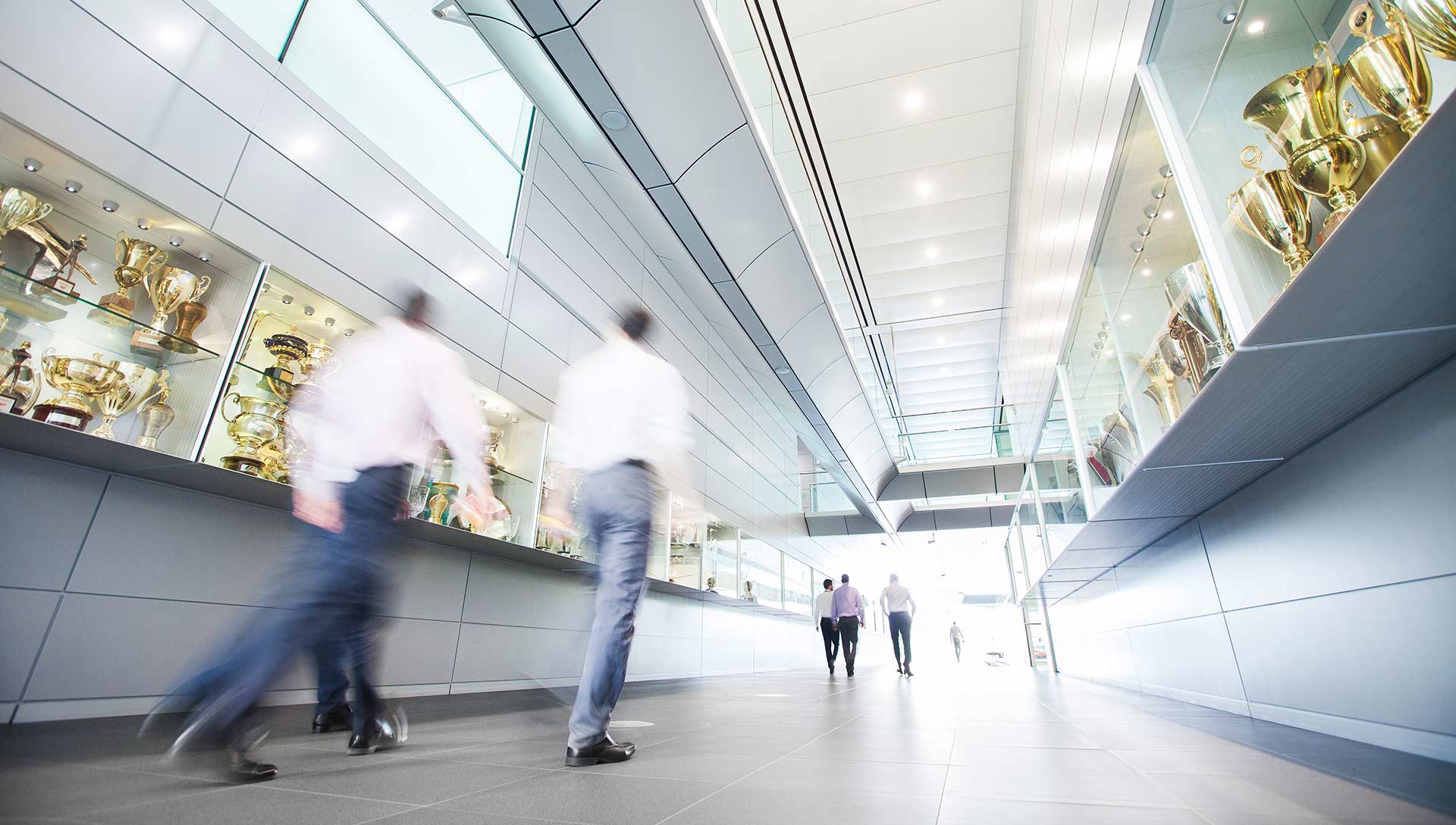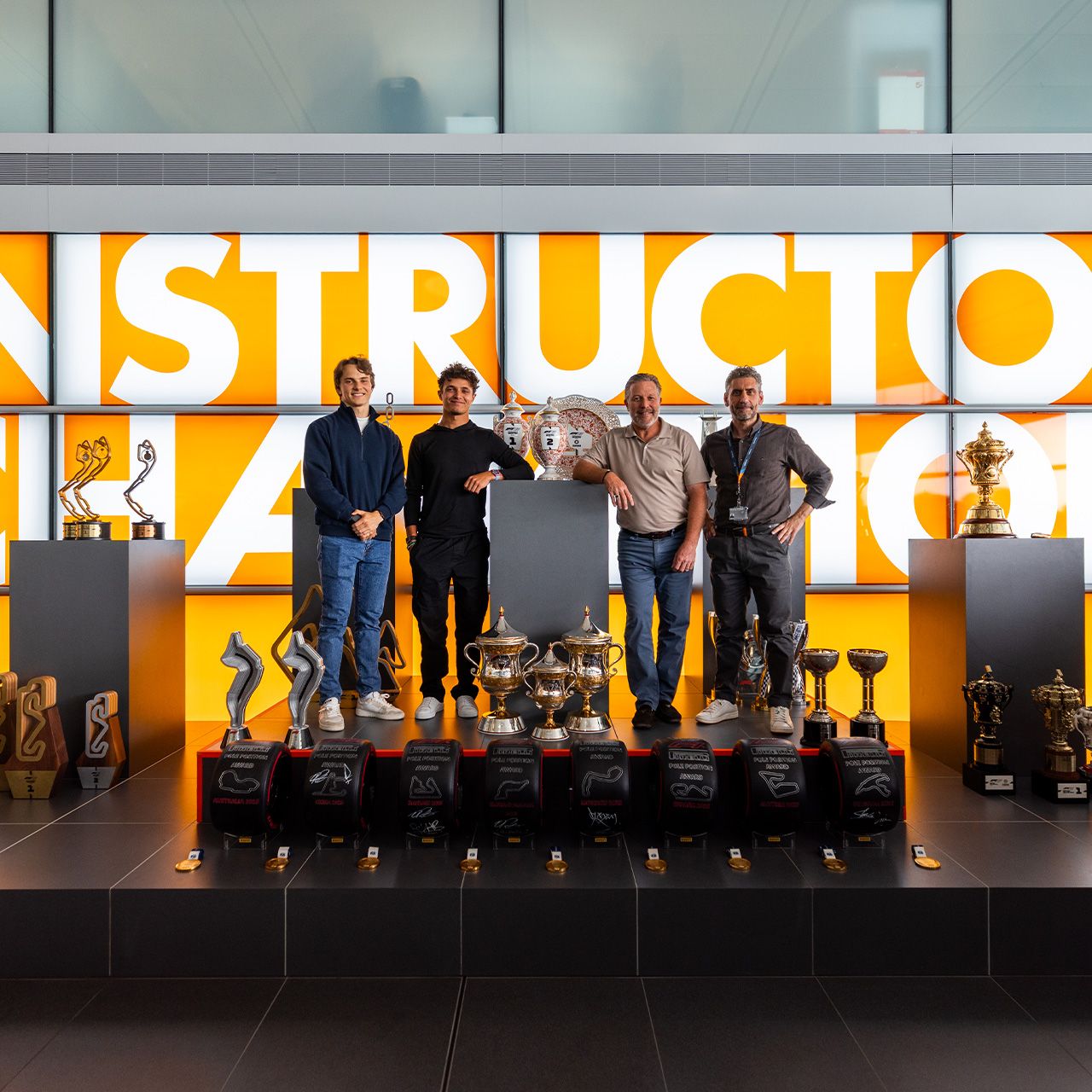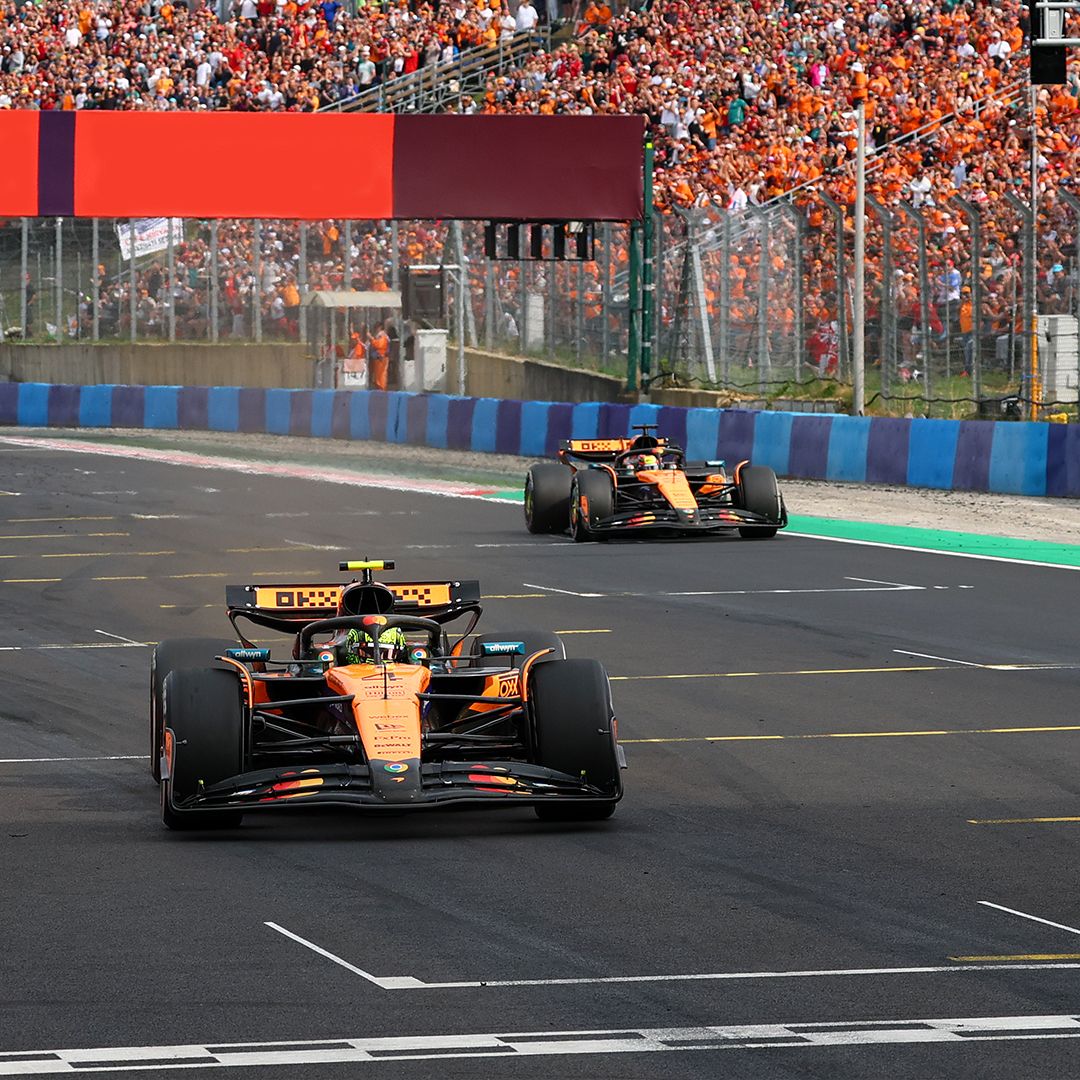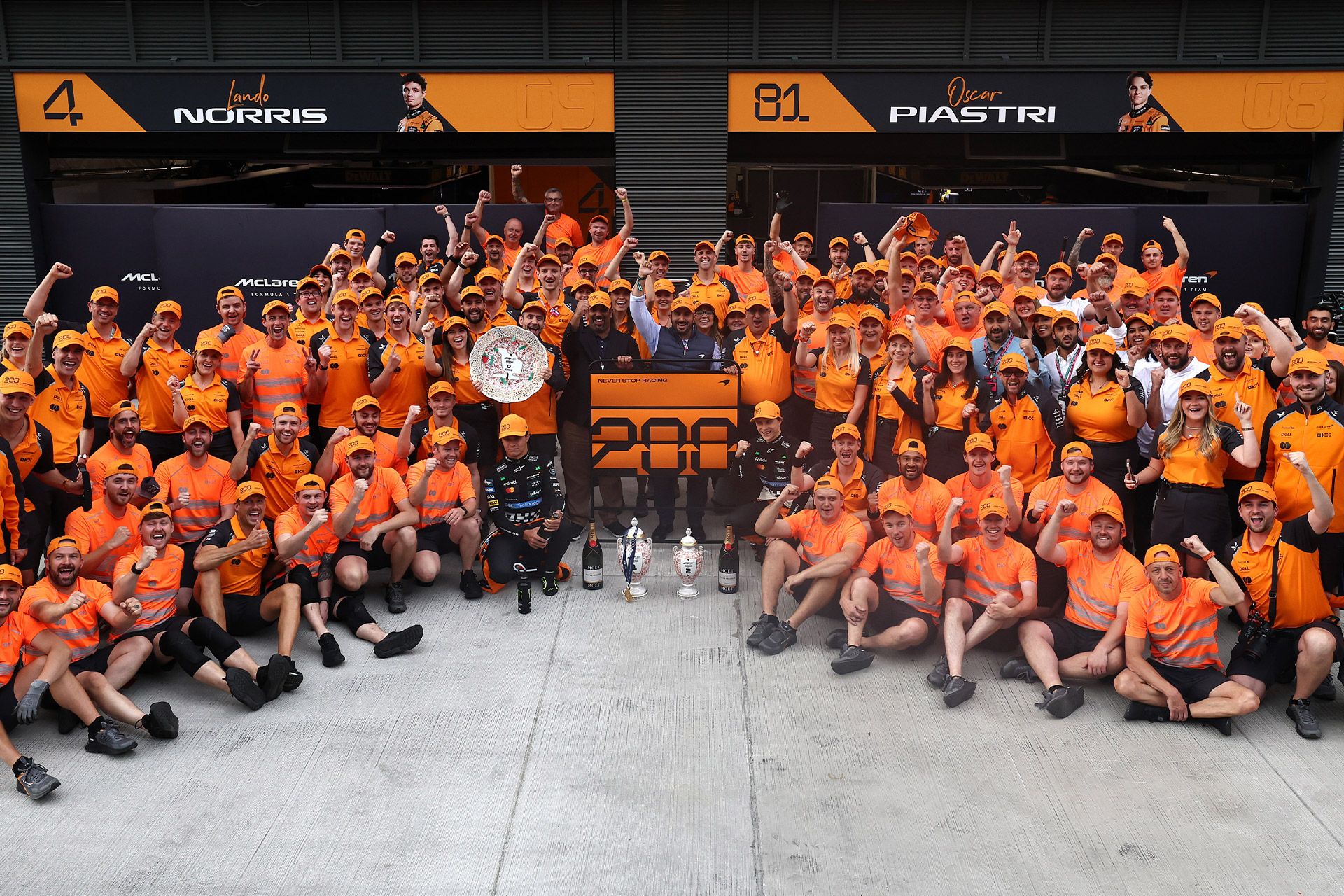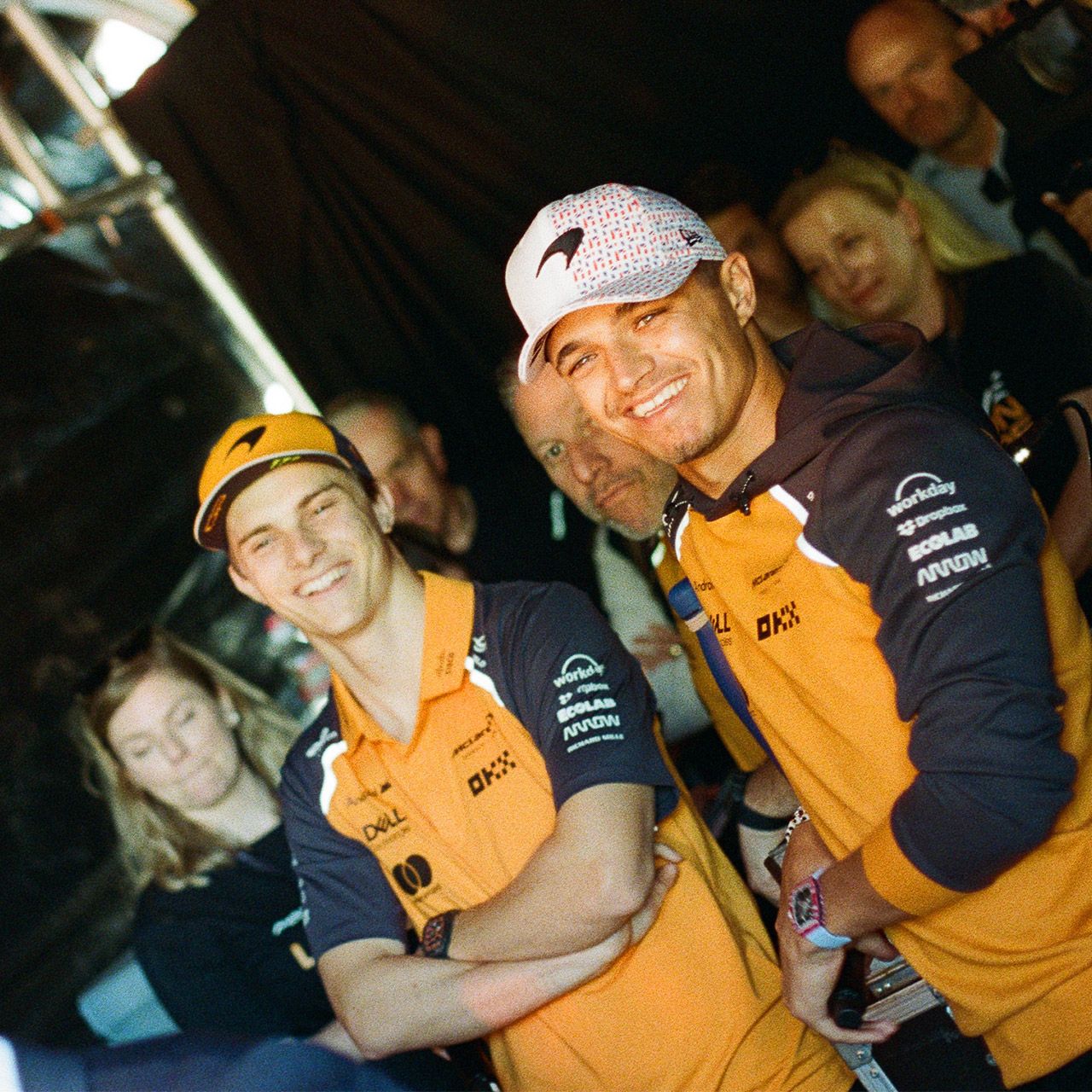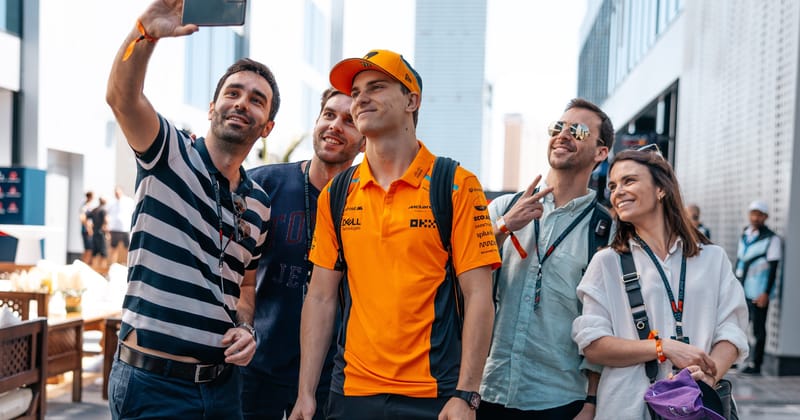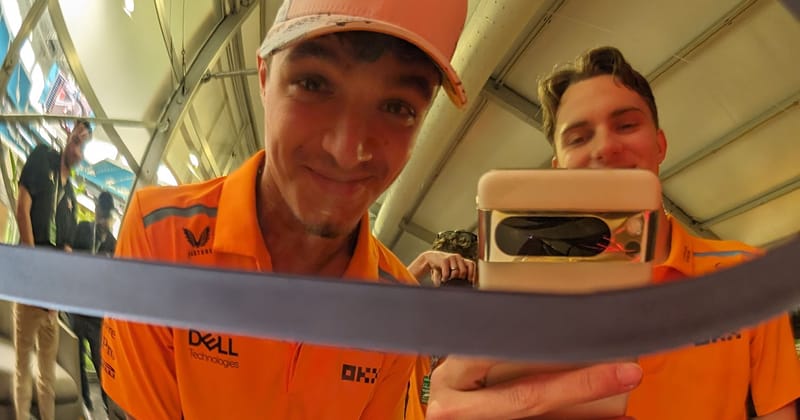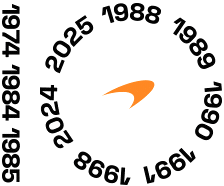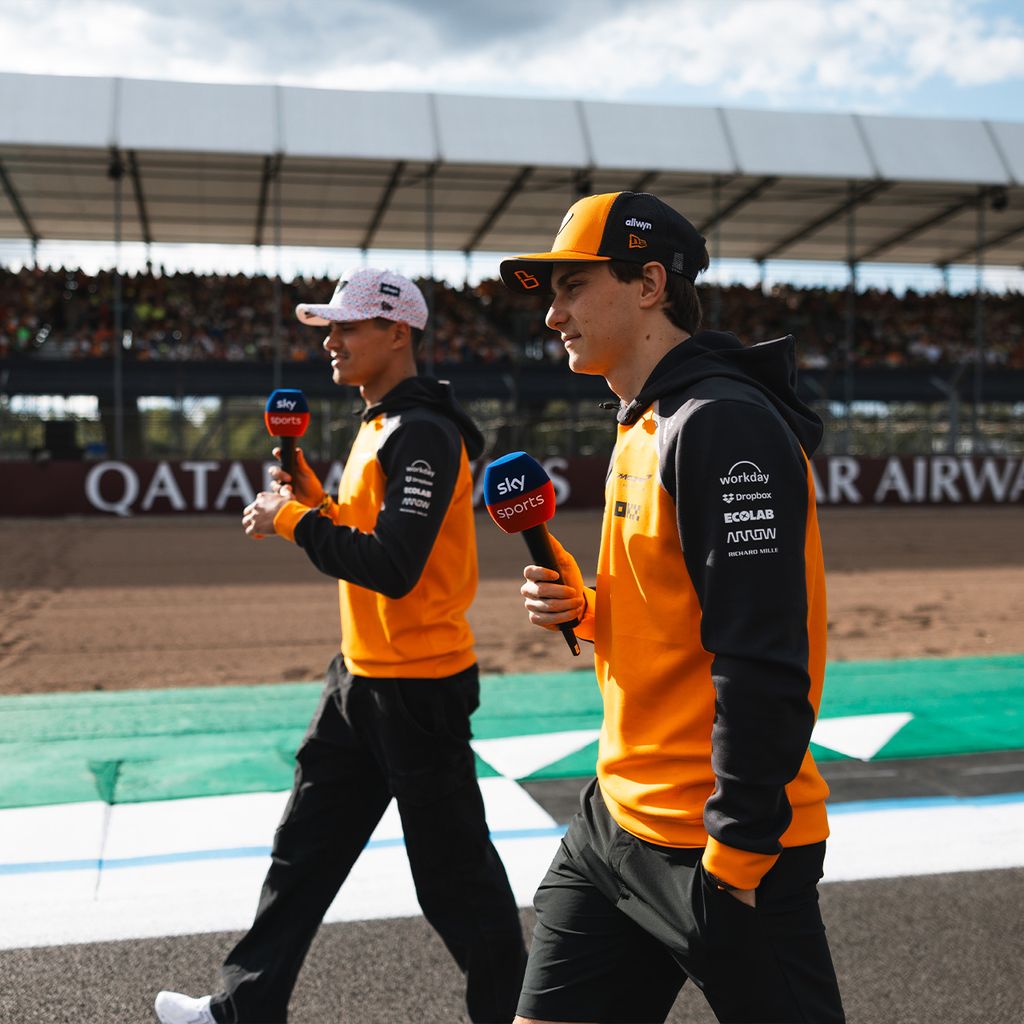
Eight more F1 questions you’ve been afraid to ask
Mid-season mailbag: How sensitive are the pedals in an F1 car, how important is the driver’s personalised seat, and what happens if a driver’s radio fails?
Cast your mind back to Oscar’s Saudi Arabian Grand Prix win this year, and you might recall his Race Engineer, Tom Stallard, weighing up Plans A, B, and C with him over the radio.
That moment sparked curiosity among you: Just how many potential plans are there? And, what would happen if the driver’s radio suddenly cuts out?
Questions like these naturally occur throughout the course of a long Formula 1 campaign, and they’re not restricted to new fans alone. Even the most seasoned followers will encounter scenarios they’ve never seen before.
That’s where the Fifth Driver comes in, our long-time anonymous trackside pundit and analyst. Armed with a wealth of experience and a vast contacts book, they’re able to tackle almost any question we throw at them, whether that means racking their brains or reaching out to phone a friend.
Every race weekend, we’ll ask our fans for their questions on the McLaren App and put these to the Fifth Driver during live commentary. Here are some of their favourites from the 2025 Formula 1 season so far…
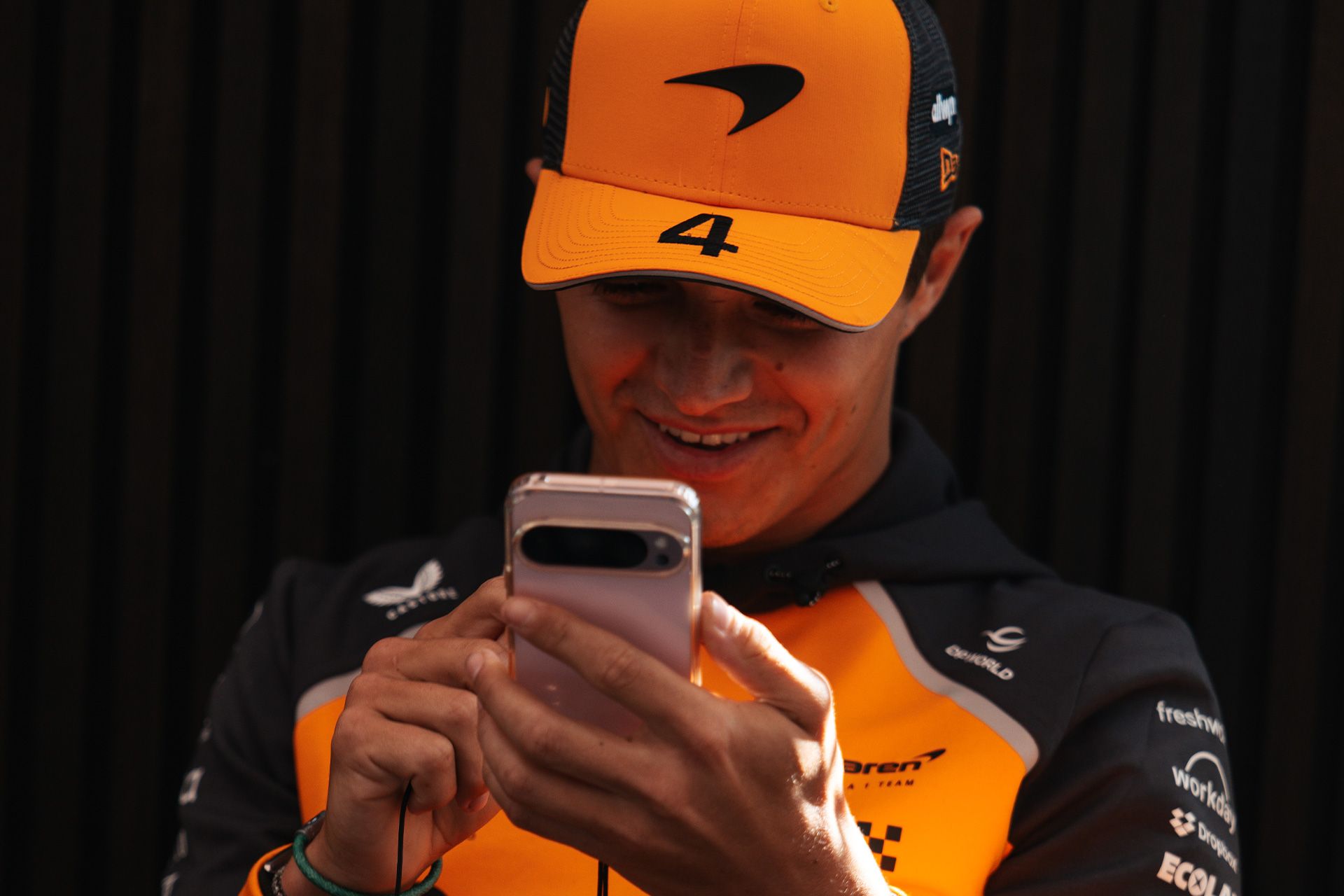
Scarlett asks: How sensitive are the pedals? Is it like a regular car, or are they harder?
Every driver has an individual setup, fine-tuned to their own preferences, but as a general rule, the brake pedal is very hard and requires a huge amount of force, which is why you’ll see drivers in the hotel gym with five times their own weight on the leg press.
The throttle is very, very sensitive, but can be adjusted depending on the situational requirements – these pre-determined programmes are known as ‘maps’. For example, drivers will have a launch map with a slightly different throttle response for the start of the race, designed to provide the fastest possible start. After the launch, they’ll adjust the maps to what is required during the race.
@lot_F1_ asks: How important is the personalised seat in an F1 car?
Two things to consider. The first thing is that the forces at work on a Formula 1 car, transmitted to the driver’s body, are extreme. The second is that they’re strapped in for around two hours, and there isn’t space to fidget. It’s difficult to think of an equivalent. A rollercoaster might be the best example, although these rides only last for a few minutes, and even the most extreme rollercoasters have lower G-forces and are slow in comparison to an F1 car.
The seat is moulded to the driver’s contours and padded out with foam in sensitive areas to prevent bruising. It’s not absolutely critical to have a perfect seat for a one-off session - anyone who is potentially going to drive the car will have had a seat fitting, and getting this right tends to take place over a few sessions.
But it is important when competing in multiple sessions across a weekend. If it isn’t quite right, the driver will be uncomfortable and end up with bruising, which lengthens recovery time. For the triple-headers, it is particularly vital. A driver who has been racing in an ill-fitting seat for two weekends in a row wouldn’t be in particularly great shape for the third of the three rounds.

Emily asks: How long does it take to assemble the cars before each race weekend?
It’s a two-day job. The garage crew will arrive on location on Tuesday, with the build programme scheduled for Wednesday and Thursday. We don’t usually arrive with cars, but rather a collection of parts that will become cars. Likewise, we don’t travel with power unit components or tyres, those are delivered at the track by Mercedes HPP and Pirelli, respectively.
The team likes to get the bulk of the build done on Wednesday, with a first fire-up on Thursday. Curfews are in place, meaning that the team are not allowed to work on the car during a period that starts 42 hours before FP1 and ends 29 hours before the start of FP1. There is then a second period that starts 18 hours before FP1 and ends four hours before. At that point, the car will have been completed, fired up, and weighed on the FIA scales, with the self-scrutineering form submitted to the FIA.
Michael Astle asks: Does all of the team’s equipment return to HQ after the race or head straight to the next race?
For the flyaway races, the kit is divided into sea freight and air freight. The bulk of the kit goes into sea freight. The more expensive stuff (including the cars) and very personal stuff (the mechanics’ tools) is shipped via air freight. When there is a sufficient gap between Grands Prix, the air freight will head back to the factory so that the cars can be stripped, examined, rebuilt and sent on their way to the next race.
Most of the garage kit, however, is stored in sea freight containers. We have six sets of identical kit, which consists of everything needed to build the garage, the pit stand, and the pit box gantry, as well as everyday consumables and other similar bits.
Over the (northern) winter ahead of the new season, sea-freight containers were dispatched to the first five races, with the kit for Australia heading out before Christmas. The sixth set went into the trucks, which are used for the European season.
Each of the flyaway sets will be scheduled to return to the MTC occasionally for maintenance and restock, but they’re usually somewhere on the high seas, travelling in the most efficient manner from race to race.
After the Saudi Arabian Grand Prix, one of the flyaway kits returned to the UK and was packed up into trucks to create a second European set. These two sets were alternated between Emilia-Romagna, Monaco, Barcelona, Austria, Silverstone, Spa, and Hungary, and will also be used in Zandvoort and Monza, when the European season concludes.
From here, these two sets will come back out of the trucks, go into sea-freight containers, and take their place in the rotation for the eight end-of-season flyaways.
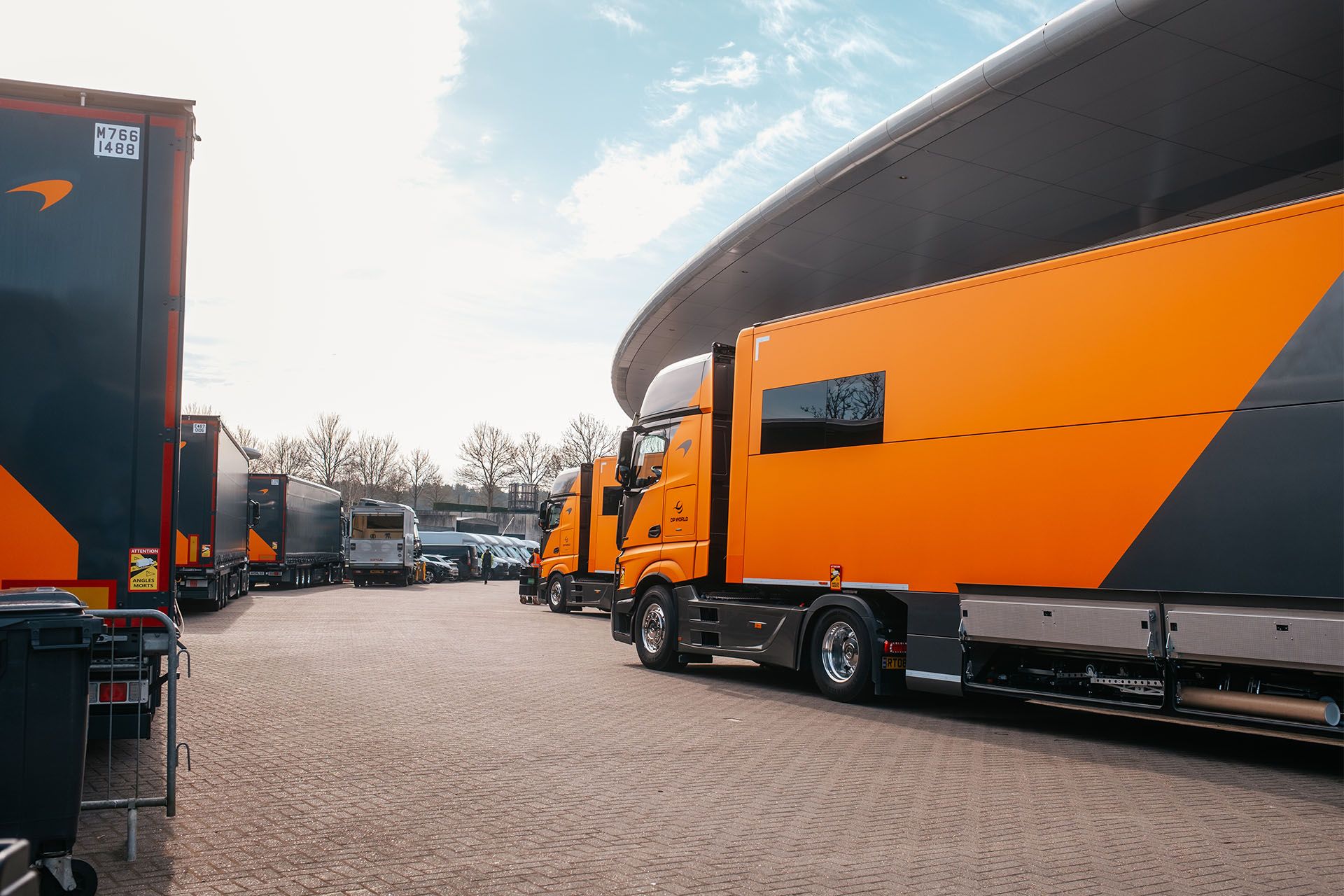
Oli asks: Quite a few lap records have been broken recently. Why is this occurring now, and not, say, last season with very similar cars?
There are a couple of different reasons, but the primary one is evolution. We’re into the fourth season of this regulatory era, which means the cars are generally quite mature and at their quickest. This also means that less resource is devoted to revolutionary developments, and more time is spent optimising what we have.
Additionally, there are a few other external factors in play. For example, this year’s Pirelli tyres seem to be a little more robust than the 2024 spec and less prone to graining. In Qualifying, that means the cars can push a little harder all the way around the lap. While, in the races, it’s meant they retain a little more grip later in a stint when the fuel loads have fallen and the car is lighter.
There are also tracks, such as Suzuka, where parts of the circuit have been resurfaced, increasing grip and decreasing lap times.
Rhia asks: What happens if the driver’s radio stops working halfway through the race?
The pit boards operate in every race as standard, but if there’s a radio failure, they take on a lot more significance. Using this, the team could still give the driver essential race information, meaning their race would be compromised, but not ruined.
The area where you lose out the most is the feedback from the driver. The team no longer get their thoughts on the grip levels, how the tyres are holding up, what sort of wing adjustment they would like at the next pit stop, or what tyre they would prefer where a choice exists.
There are different sorts of radio failure, as it could be both ways or just one way…
If you have a situation where the driver can hear the team, but the team can’t hear the driver, there are various options available. The driver can use an ‘acknowledge’ button on the steering wheel to supply yes/no answers to questions, while the team can supply details on switch changes to attempt to reset the system.
If it’s the other way around, the pit boards will let the driver know the garage has no comms, and he’ll keep talking, supplying the information they need. As an extreme solution to either problem, the team might attempt to swap steering wheels during a pit stop. If the problem is downstream of that, you just have to deal with it.
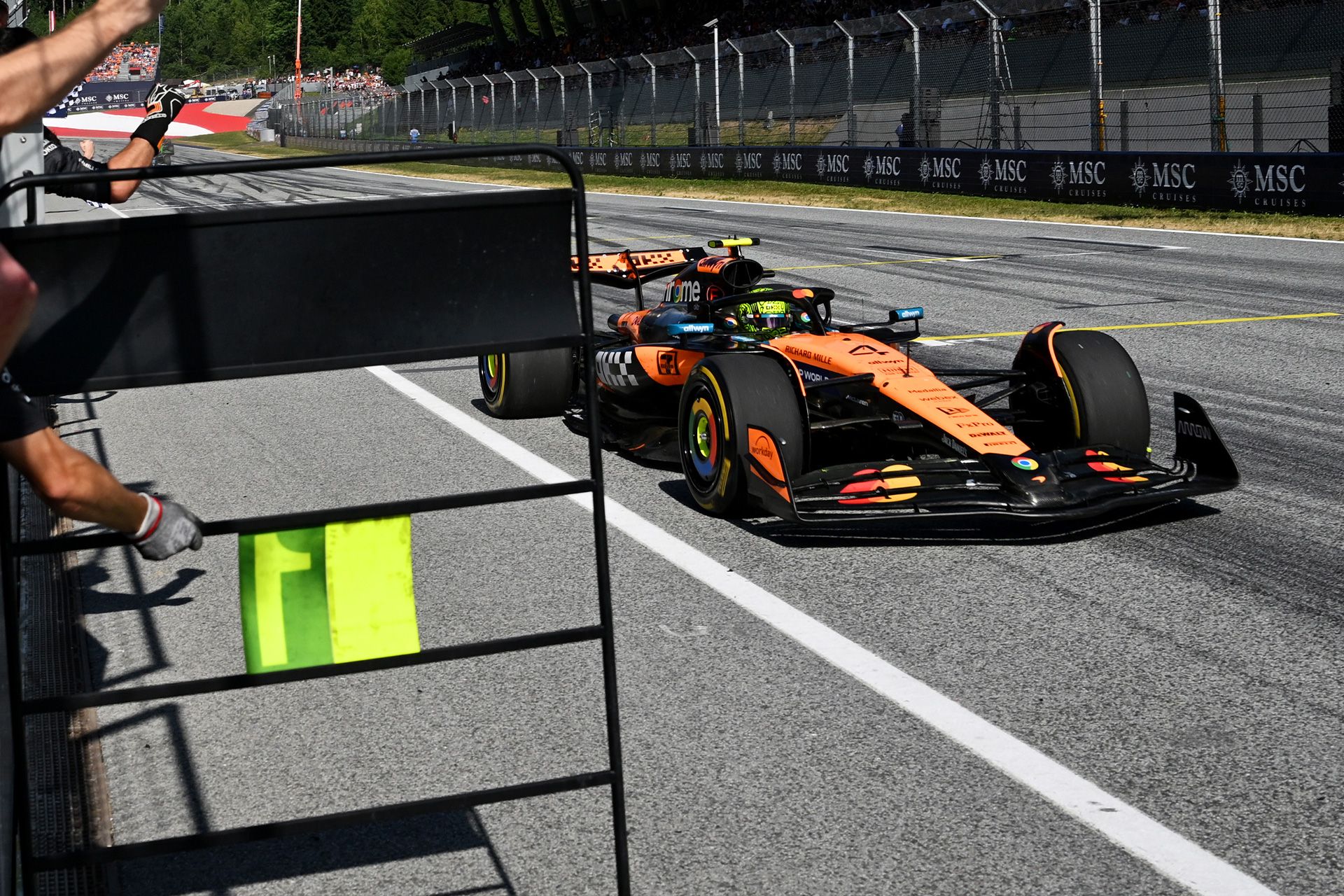
Kevin B asks: We often hear teams referencing multiple strategies during a race weekend over the radio (Plan A, B, C, etc.). How many different strategies does a team typically go into each weekend with?
There’s no theoretical limit to the number of plans the team might have, but practicality usually limits it to three or four. Certainly, it’s very rare to hear a call for Plan D or E. The main branching point is the number of stops.
It could be as simple as Plan A is a one-stop, Plan B a two-stop, and Plan C a three-stop. Or it could be Plan A is a two-stop, but with an extended first stint, and Plan B is a two-stop, with a shorter first stint. One plan might even be to either match or do the opposite of what a rival does.
Each plan will also include a target lap for a pit stop, and thus, the Race Engineers could ask the driver for Plan A, plus or minus five laps.
The most useful information for the driver is how far they have to go on their current tyre, which tells them whether to push or preserve it as appropriate.
Skuddie asks: How many team members are at each race?
The Sporting Regulations allow for 58 ‘operation’ members of the team to be in the paddock. There are also sixteen individual exemptions for additional trainee members of staff, though no trainee is allowed to attend more than three races under that rule. Once the Grand Prix begins on a Sunday, the limit is relaxed, allowing teams to bring in more staff to help with pack-down.
Operational personnel are those connected with the operation of the car. On top of that number, the Sporting Regs adds: ‘For the avoidance of doubt, race drivers and staff whose duties are solely connected with hospitality, team motorhomes, partners, marketing, public relations, security or driving trucks to or from the Competition are not considered operational personnel.
The numbers vary from race to race, with the size of the 10 teams growing and shrinking to their needs at that particular Grand Prix. Some races are busier for marketing, some for hospitality – so for both, and so on. And these will require a bigger team than at quieter events, although there are increasingly few ‘quiet events’.


